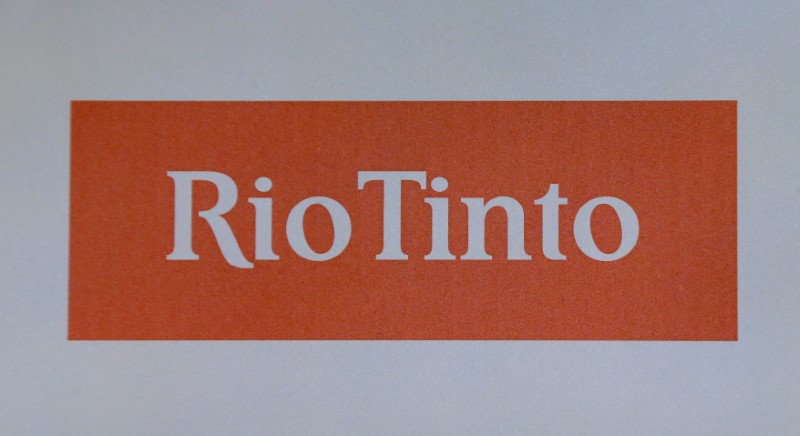Street Calls of the Week
By James Regan
SYDNEY, Dec 4 (Reuters) - Rio Tinto RIO.AX RIO.L next year will seek board approval to develop an "intelligent" iron ore mine at a cost of $2.2 billion, fully incorporating technologies such as robotics and driverless trains and trucks on a single site, the company's head of iron ore said on Monday.
A feasibility study was underway to demonstrate the economics behind developing the Koodaideri mine in the Pilbara region of the state of Western Australia, said Chief Executive, Iron Ore Chris Salisbury.
Rio Tinto extracts more than 300 million tonnes of ore annually in Australia, making it the world's second-biggest iron ore miner after Brazilian giant Vale VALE5.SA .
"We will bring all our technologies into a single place with a mine that is purpose-built to adapt those technologies," Salisbury told Reuters. "We are calling it our intelligent mine."
The Koodaideri lode would produce around 40 million tonnes per year by 2021, but could be expanded to yield 70 million tonnes or more at a later date, according to Salisbury.
He said the project fit into a strategy to produce ore tailored with iron content required by steel mill customers over simply mining as much as it can.
Iron ore accounted for more than two-thirds of Rio Tinto's $6.064 billion in underlying earnings last year.
Rio Tinto recently ran its first autonomous iron ore train over a distance of almost 100 km (62 miles) as a part of its Autohaul project. It already runs much of its mining, transport and port logistics from an operations centre 1,500 km away in Perth.
Sainsbury also said that a shift in demand as China cleans up its steel industry will see cyclical premiums for higher-grade iron ore cemented as a permanent fixture in the market.
Beijing has ordered steel mills to modernize or shut down in order to clean up the country's air, leading to greater demand for higher grade ore that produce fewer emissions when processed into steel.
The discount for lower grade iron ore has widened to 40 percent below it benchmark from 30 percent at the start of the year, said Salisbury.
Until recently, the gap between the lower-grade iron ore company's such as Fortescue Metals Group FMG.AX , Atlas Iron AGO.AX and other Australian producers mine and the benchmark was regarded as temporary and expected to narrow over time, Salisbury said.
"But in the last couple of months, yields firmed to the point where it is evident they are here to stay, it's not cyclical," he said.
